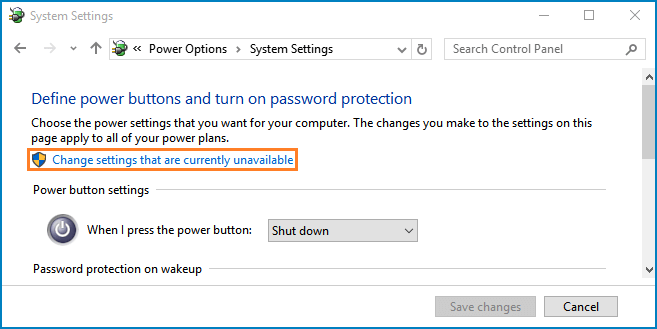


In this chapter, we'll take a closer look at it, and especially how we use a number of controls, all of which come out of the box with Visual Studio.NET. We have already seen the form designer in action, if only briefly, in the examples provided earlier in this book. Please refer to it if you want to know more about what an assembly is.

NET assemblies is provided in Chapter 21. We'll look at creating control ourselves in the next chapter.Īn in depth explanation of. NET assemblies can be designed in such a way that you will be able to use them in any of the Visual Studio languages, and the hope and belief is that the growing component industry will latch on, and start producing pure. NET, Microsoft did not want to render the immense pool of existing controls redundant, and so have provided us with the means to use the old controls, even if future controls are built as pure. NET has to wrap the control when you do so. However, it is still possible to use the controls that have been designed for older versions of Visual Studio but there is a small performance overhead because. The controls that we'll see in this chapter have the same look and feel as ActiveX controls, but they are not – they are. Each control has a number of properties allowing the programmer to do a certain amount of customization, such as setting the background color, caption, and its position on the form. These are usually able to render themselves at both design and runtime.

NET were, and still are, special COM objects, known as ActiveX controls. What was central to Visual Basic is now, through Visual Studio.NET, available to C# programmers. The controls provided out of the box by Microsoft along with custom controls that can be bought at reasonable prices, have supplied programmers with an unprecedented pool of reusable, thoroughly tested code that is no further away than a click with the mouse. You create a user interface by dragging and dropping controls from a toolbox to your form, placing them where you want them to be when you run the program, and then double-clicking the control to add handlers for the control. One of the things that Visual Basic does, and other rapid application development tools, such as Delphi, also does, is provide access to a number of prefabricated controls that the developer can use to quickly build the user interface (UI) for an application.Īt the center of most Visual Basic Windows applications stands the form designer. In recent years, Visual Basic has won great acclaim for granting programmers the tools for creating highly detailed user interfaces via an intuitive form designer, along with an easy to learn programming language that together produced probably the best environment for rapid application development out there. Marco Bellinaso, Ollie Cornes, David Espinosa, Zach Greenvoss, Jacob Hammer Pedersen, Christian Nagel, Jon D Reid, Matthew Reynolds, Morgan Skinner, Karli Watson, Eric White


 0 kommentar(er)
0 kommentar(er)
